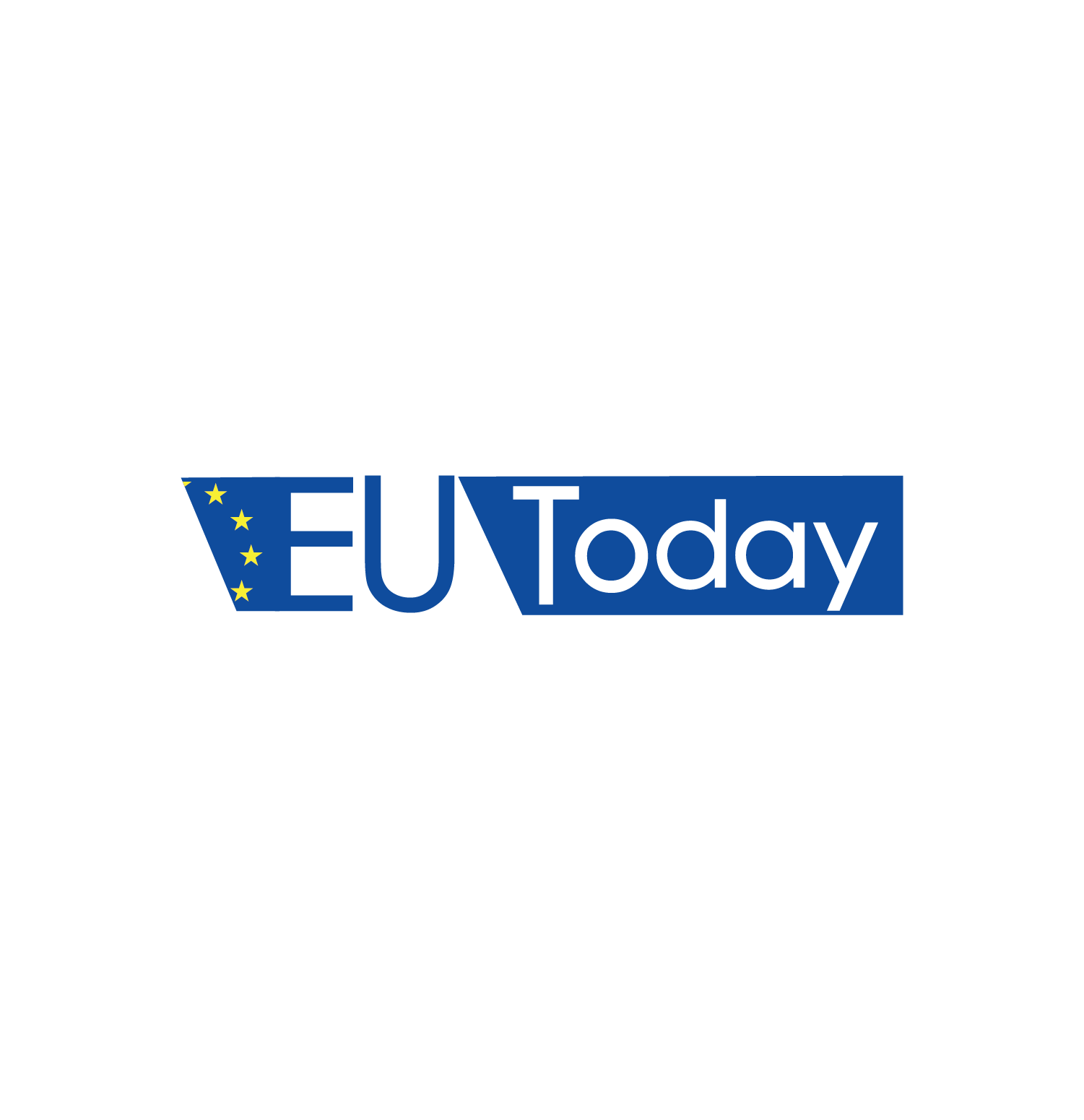A dedicated Eurobarometer survey, published by the European Parliament on 17th November, takes an in-depth look at media habits, including trust in different media sources.
Some 68% of respondents recall having recently obtained news about the European Union via either press, internet, television or radio – with considerable variation across Member States, between 49% in France and 87% in Croatia and Romania.
The share of respondents having recently read, seen or heard something about the EU increases slightly with age, men (76%) are more likely than women (60%) to reply this way, as do more highly educated respondents.
For 71% of respondents, TV is still one of their most used media to access news in the past seven days, followed (at a distance) by online press and news platforms (42%). Radio and social media platforms (both 37%) are on shared third position followed by the written press, mentioned by 21% of respondents.

There is an increase of 11 percentage points in the overall share of respondents who use social media platforms to access news; smaller increases are observed when it comes to the use of messaging apps (+5 pp), video platforms (+4 pp) or podcasts (+2 pp). The increase in the use of these media is seen in all age groups and across most Member States.
Asked about news topics accessed in the past seven days, local news (selected by 50%), national politics (47%) and European and international affairs (45%) come first.
While a vast majority of respondents follow the news on a daily basis (70%), it is interesting to note that 9% avoid some type of news (including 6% who try to avoid some news topics and 3% who aim to actively avoid all news).
The proportion replying to Eurobarometer that they follow the news on a daily basis increases with age, while news avoidance is slightly more likely among women, younger respondents and the lowest educated.
Some 37% of respondents follow influencers or content creators on social media platforms. This percentage varies widely among the different age-groups. 79% of young Europeans (aged between 15 and 24) follow influencers or content creators, while only 14% of those aged +55 do so.
A total of 48% of citizens trust most public TV and radio stations (incl. their online presence) as news source. This is followed by the written press (incl. their online presence), trusted by 38% of respondents, while private TV and radio stations are mentioned by 29%.
As for the last EP Media survey in April/May 2022, public TV and radio stations (incl. their online presence) are the most trusted source in all Member States (48%) – with only two exceptions: Poland is the only EU country where private TV and radio stations are seen as most trusted news source (41%).
In an even more radical shift away from traditional news sources in general, respondents in Hungary mention “people, groups or friends followed on social media” (28%) as their most trusted news source, together with “other news platforms including blogs and podcasts”(28%).
Compared to the media and news survey conducted by Eurobarometer in 2022, the proportions trusting traditional broadcast and print media, and their online presence, have remained nearly the same. The biggest increases for trust are seen in YouTube and other video platforms (+4pp), and influencers on social media channels (+4pp).
A EU parliament spokesman said, “Citizens’ perceptions of the European Union and the European Parliament are influenced by what they see, hear and read in various media.
“This Flash Eurobarometer survey presents an in-depth look at citizens’ media use and media habits, looking at both traditional media and online media.”
Ipsos European Public Affairs interviewed a representative sample of EU citizens, aged 15 years and over, in each of the 27 Member States of the European Union. Between 18th and 24th October 2023, 25,956 interviews were completed via computer-assisted web interviewing (CAWI), using Ipsos online panels and their partner network.
The EU results are weighted according to the size of the population in each country.
Read also: Eurobarometer: Europeans show support for digital principles
———————————————————————————————————————————–

Follow EU Today on social media:
Twitter: @EU_today
Facebook: https://www.facebook.com/EUtoday.net/
https://www.facebook.com/groups/968799359934046
YouTube: https://www.youtube.com/@eutoday1049




